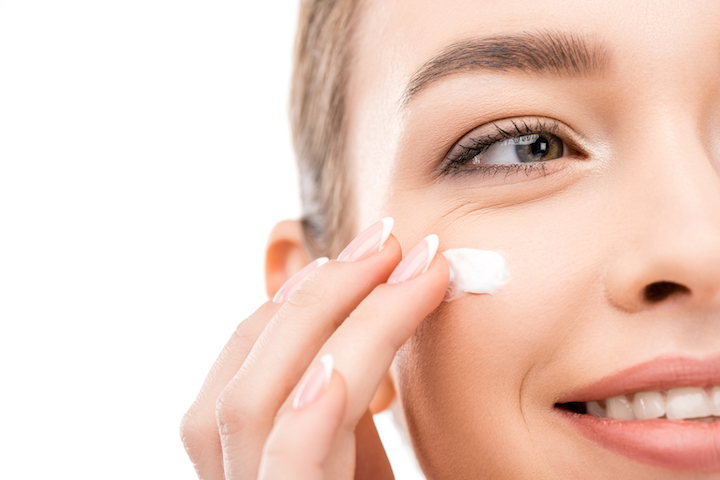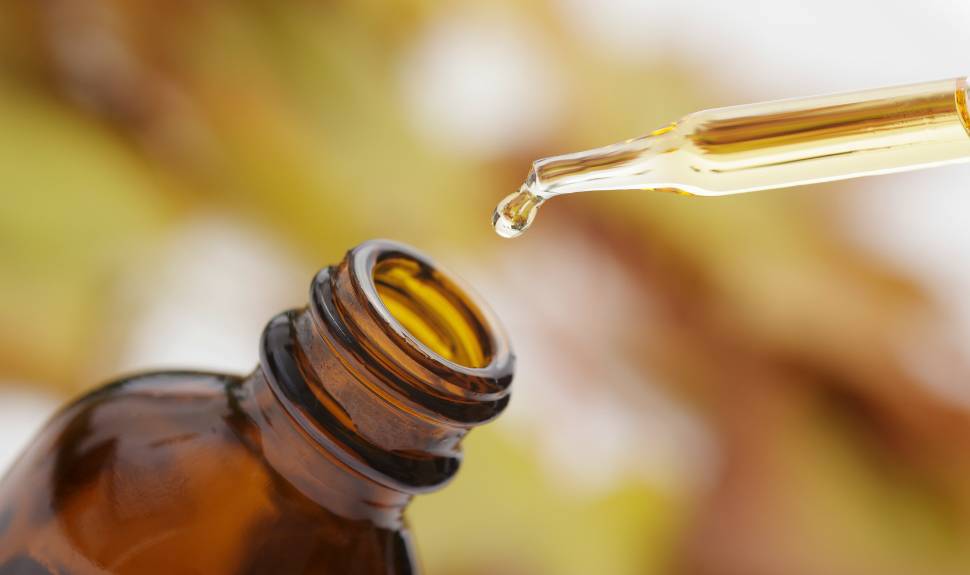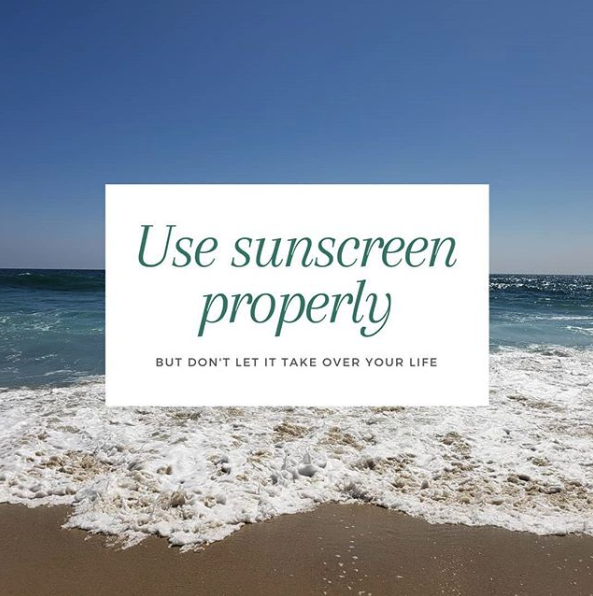After half a dozen years immersed in skincare, Jude Chao of Fifty Shades of Snail shares the valuable anti-aging lessons she’s learned, from ingredients to expectations.
As hard as it is for me to believe, I am now less than six months away from turning 40.
I’ve been intensely steeped in skincare for the past six or so years now — at this point, I literally use and write about skincare for a living, so it’s safe to say I’ve spent a lot of time thinking about it. And since I started my Skincare Journey™ in my early 30s, a lot of my Skincare Journey™ has revolved around the “anti-aging” category of products. Here are some things I’ve learned.
1. Any time is a good time to start
Prevention will always be best, and I applaud the teenagers and twentysomethings already on top of their sunscreen game, but consistent use of an effective skincare routine will repair visible signs of skin aging and UV damage no matter how old you are when you start, or what condition your skin is in.
My skin in my early 30s displayed many more signs of aging and UV damage than it does now, thanks to a youth misspent smoking, drinking, and tanning in UVA tanning beds while never using enough SPF. I had crow’s feet, visible loss of elasticity in the skin around my nose and mouth, a few forehead lines, and patches of sunspots that stretched all the way across my cheekbones.
None of these things are inherently bad or inherently unattractive. But they weren’t how I wanted my skin to look already. Not at that age. We can get into a whole other discussion on society’s beauty standards and the self-reflection it takes to meaningfully challenge those ingrained expectations, but this isn’t the article for that. For now, let’s just say that the appearance of my skin did impact my confidence and self-image. I am a big believer in doing something about the things that make us feel less than great in our own skin, so I did.

At the tail end of my 30s, the crow’s feet and under-eye fine lines have vanished. So have the forehead lines. The drooping zone around my mouth has tightened back up. And while I’ll always have some freckles (and have grown to love them), the big patches of sunspots and melasma have faded to nothing. Overall, my skin is smoother and firmer than it was almost a decade earlier, and it’s far brighter and glowier, too.
Skin regenerates itself all the time. The process slows as we get older, but it doesn’t stop. So when we stimulate that regeneration process with effective topical treatments while protecting our skin from further damage, the results can be amazing.
2. Yes, skincare works
There’s a lot of justifiable cynicism around skincare, especially around products that claim to repair visible skin aging. That is because most products that claim to repair visible skin aging do no such thing and are only able to make those claims because they’ve included a laughably tiny concentration of some ingredient that has been shown to do so in lab studies that have nothing to do with the actual formula they’re tossed into and may not even have been done on humans. Some things do work, however. These things have formed the backbone of my youth-preserving skincare routine.
Tretinoin
The class of vitamin A derivatives known as retinoids are among the best studied and best supported topical ingredients on the market for reversing the visible signs of UV damage and skin aging (which is in large part caused by UV damage). Retinoids essential re-teach your skin how to grow itself, resulting in increased collagen for improved firmness and smoother texture as well as a reduction in dark spots and hyperpigmentation.
You can find retinoids over the counter in the form of retinol and other weak derivatives, but I’ve always skipped past those and gone directly for the heavy hitter: prescription tretinoin. Where retinol and other derivatives need to be converted in skin into retinoic acid, thus reducing the concentration of retinoic acid that eventually impacts skin, tretinoin is retinoic acid and requires no conversion. It’s powerful, and it works.

L-ascorbic acid vitamin C
Before I started using tretinoin, I’d already hopped on the vitamin C train. L-ascorbic acid vitamin C is another well researched and supported skincare active. At concentrations of 10 to 20% in products that are pH 3.5 or below, L-AA increases collagen production for firmer skin and fewer wrinkles. It also lightens hyperpigmentation, making it ideal for my particular skin needs. With potent antioxidant abilities, L-AA also helps protect against UV-induced free radical damage that could cause more visible skin aging (though it isn’t a substitute for sunscreen).
L-AA is a finicky ingredient with a tendency to oxidize quickly upon exposure to light or air. A low enough pH helps to stabilize it, as does the addition of vitamin E and/or ferulic acid to the formula. Even with all the precautions in the book, however, any L-AA serum won’t last very long. For this reason and because effective formulation is no mystery, I prefer inexpensive vitamin C serums. As long as the concentration is high enough, the pH is low enough, and the serum comes in a dark or opaque bottle, it will generally work just fine while it lasts.
Sunscreen
There is absolutely no getting around the fact that without proper daily use of sunscreen, no other anti-aging skincare product will help. In fact, many actives, including tretinoin, increase skin’s sensitivity to sun, so if you use them without adequately protecting your skin from UV radiation, your skin will take more sun damage and will thus visibly age faster than if you weren’t using the actives at all.

But you don’t need to drive yourself crazy over sunscreen or hide from the sun in a darkened cave all day. I don’t believe any skin concern or skincare regimen should prevent you from living life however you’d enjoy it most. Just find a high SPF, high PA sunscreen that’s cosmetically elegant enough (and affordable enough) to use in generous amounts on a daily basis, use it in those generous amounts every day, and live your life. If you’re out in the sun much longer than two hours, reapply using whatever method works best for you, whether that’s a spray sunscreen, one in a cushion pact, or something else. And move on.
3. Patience is key
Any time is a good time to start caring for your skin and addressing signs of visible skin aging, and any time is a good time to start using retinoids, vitamin C, and/or sunscreen, but ultimately, you have to also remember that time itself is critical.
There is no miracle topical product that will produce visible and substantial results in just one day or one week or even one month. Significant skin improvements can take weeks to months to show up on skin, especially when you’re working on deep-below-the-surface challenges like hyperpigmentation or collagen loss. So once you’ve put together a routine with products that play well with your skin, just stick with it. Do your routine consistently and let time pass. Our perception of time passes faster as we get older anyway, so before you know it, a few months will have gone by, and your skin will start looking better than it has since you started.

4. Keep your expectations in check
OK, maybe I will talk a little bit about beauty standards here.
When I was a kid, my perceptions of beauty as well as what is possible for skin to look like were shaped by corporate media: TV, movies, and glossy fashion and beauty magazines. Deceptive retouching was already a thing, of course, as it has been since the beginning of recorded media. These days, however, unrealistic beauty standards have reached a new level of oppressiveness, and that is because it isn’t just capitalist organizations showing us famous faces retouched into flawlessness.
These days, the biggest culprits (in my opinion) are people just like us. Some may be beauty bloggers or other social media influencers, but others are just the non-public people we know or run across on our Instagram and Facebook feeds. Default skin smoothing settings on selfie cameras (which can be a puzzle to turn off, as I found out when I had to spend 15 minutes digging around in my settings to do so) and a wide variety of easy photo editing apps have made it possible for pretty much anyone to present CG-perfect skin to the eyes of the digital world.
The result is that flawless skin seems more common and thus more attainable than ever, even though the flawlessness being shown is even more unrealistic than ever.
View this post on Instagram
I’m not blaming any one single person for doing this. Most people aren’t editing their selfies to make others feel bad. It’s much more likely that someone editing their selfies is doing so because they themselves feel bad about the natural appearance of their skin. But the end result is that we’re constantly bombarded with images of regular everyday people whose skin somehow looks like a smooth pour of fresh cream. And that can be discouraging and damaging when our own skin doesn’t look like that, because, well, it’s skin.
I have smoothed out my eye area beyond what I ever thought possible without needles or knives, but when I smile, my eyes crinkle up, and you know what? That’s perfectly fine. I’ll always have freckles instead of perfectly even skin that’s all one color, and you know what? That’s perfectly fine. My skin has texture and some visible pores, and you know what? Again, that’s perfectly fine.
We’re not aiming for CGI perfection here. Thinking that that’s a reasonable goal will only drive us crazy. It’s much more productive and helpful to set our goals at a more attainable level: the best our own skin can look, whatever that “best” looks like. So even as you diligently apply your retinoid by night and your sunscreen by day, remember, you haven’t failed if you haven’t transformed into Alita: Battle Angel. Skin is skin and always will be. Do your best, and your skin will reward you with its best. And that is the most important of the anti-aging lessons I’ve learned on my way to 40.
What skincare or anti-aging lessons have you learned on your journey? How has it affected your skin? Let’s talk in the comments below!
Loading...